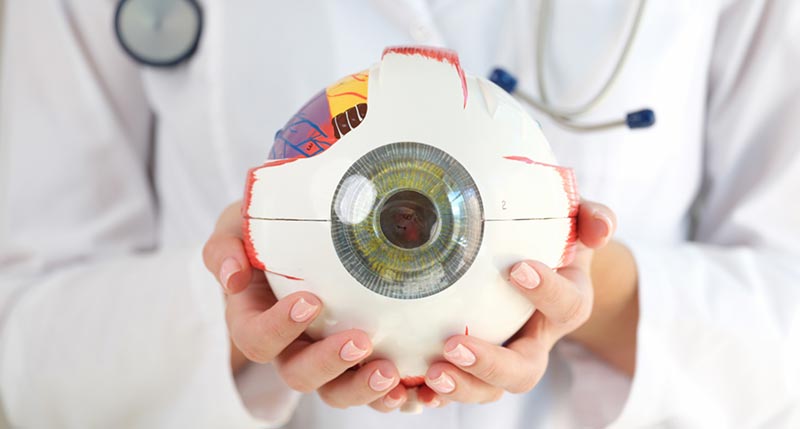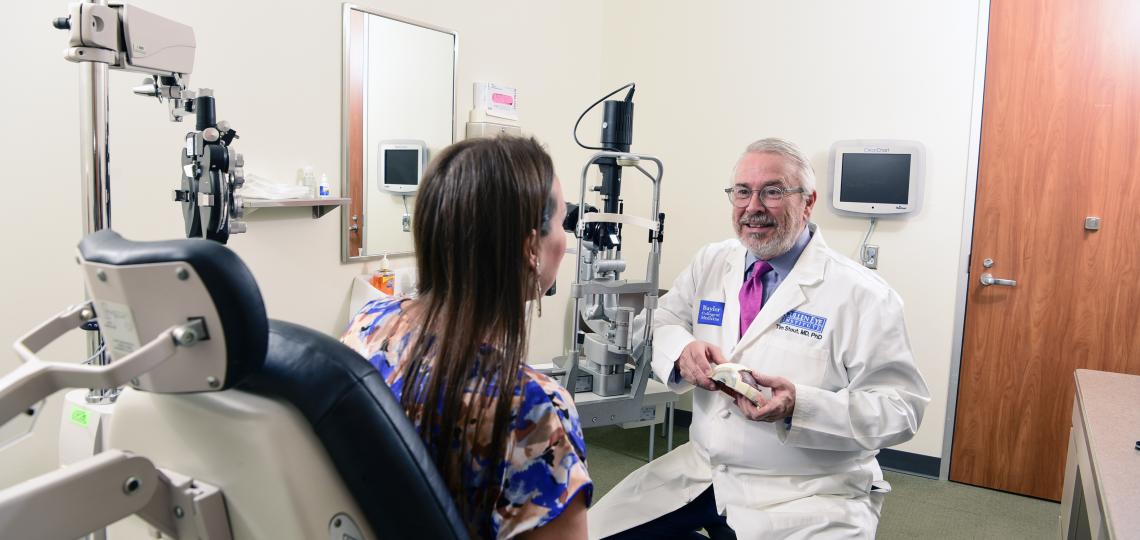Andalusia Pediatrics: Compassionate Look After Your Children
The Pros and Disadvantages of Different Refractive Surgical Treatments for Enhanced Eyecare

LASIK Surgical Procedure
LASIK surgical procedure is a frequently carried out refractive treatment that aims to correct vision issues such as astigmatism, farsightedness, and nearsightedness. This surgical technique has gotten popularity because of its efficiency in providing individuals with more clear vision and lowering their dependence on glasses or contact lenses. During the treatment, a thin flap is produced on the cornea, and a laser is made use of to improve the underlying tissue, remedying the refractive error. The flap is after that rearranged, permitting for fast healing and minimal discomfort for the client.
One of the key advantages of LASIK surgery is the rapid renovation in vision experienced by several clients. It is important for people thinking about LASIK surgical treatment to go through a complete assessment by an eye care expert to establish if they are ideal prospects for the procedure.
PRK Treatment
The PRK treatment, also understood as Photorefractive Keratectomy, is a sort of refractive surgical procedure that aims to remedy vision concerns comparable to LASIK surgery. Unlike LASIK, which entails producing a flap in the cornea, PRK deals with the surface area layer of the cornea. Throughout the PRK treatment, the external layer of the cornea, called the epithelium, is removed to enable improving of the underlying corneal tissue with an excimer laser. This improving helps to remedy refractive errors such as farsightedness, nearsightedness, and astigmatism.
Among the benefits of PRK over LASIK is that it removes the threat of flap-related difficulties since no flap is created during the surgical treatment. This can be valuable for individuals with thin corneas or those associated with contact sporting activities where eye trauma is an opportunity. The recuperation time for PRK is normally much longer compared to LASIK, as the external layer of the cornea requires time to regenerate after the procedure. Despite the longer recuperation duration, PRK can be an appropriate choice for individuals seeking vision correction surgery.
SMILE Surgical Treatment
A cutting-edge refractive surgical procedure strategy getting appeal in the area of ophthalmology is SMILE Surgery. Small Laceration Lenticule Extraction (SMILE) is a minimally intrusive treatment that fixes vision by improving the cornea using a femtosecond laser. Unlike typical LASIK surgery, SMILE Surgical procedure includes developing a small laceration in the cornea to remove a lenticule, which leads to less interruption to the corneal framework and possibly much faster recovery times.
One of the key benefits of SMILE Surgical treatment is its capability to deal with nearsightedness (nearsightedness) and astigmatism with high precision, bring about superb visual end results for patients. The minimally invasive nature of the procedure also decreases the danger of complications such as dry eye syndrome, making it a favorable choice for people looking for refractive surgical treatment.

LASEK Method
Having checked out the advantages and factors to consider of SMILE Surgical treatment, an additional significant refractive surgical procedure strategy worth taking a look at is the LASEK Method. LASEK, which means Laser-Assisted Subepithelial Keratectomy, is a type of laser eye surgical treatment that intends to fix refractive mistakes such as nearsightedness (nearsightedness), hyperopia (farsightedness), and astigmatism.
Unlike LASIK, LASEK does not involve developing a corneal flap. Rather, throughout a LASEK treatment, the cosmetic surgeon uses a diluted alcohol solution to loosen up the thin outer layer of the cornea, recognized as the epithelium.
Among the main advantages of LASEK is that it can be ideal for individuals with slim corneas who may not be great prospects for LASIK. Furthermore, LASEK usually results in marginal post-operative pain and a quicker healing time contrasted to PRK. Nonetheless, the visual recuperation process with LASEK might be a little longer than try this with LASIK.
Implantable Contact Lenses
Implantable Contact Lenses supply a long-lasting vision adjustment service for people seeking a choice to conventional call lenses or glasses. These lenses, additionally known as phakic intraocular lenses, are operatively put into the eye to remedy refractive mistakes such as nearsightedness (nearsightedness), hyperopia (farsightedness), and astigmatism. andalusia pediatrics. Unlike traditional get in touch with lenses that rest on the surface area of the eye, implantable contact lenses work within the eye itself, giving clear vision without the need for daily maintenance or removal
Among the key advantages of implantable call lenses is their permanence. When put, they can remain in the eye indefinitely, using constant and steady vision modification. Furthermore, these lenses can be a superb alternative for individuals who are bad prospects for laser eye surgery or who choose a relatively easy to fix vision improvement procedure.
However, implantable get in touch with lenses do bring some dangers, consisting of the potential for cataracts or enhanced eye pressure. It is vital for people considering this option to talk to an eye care specialist to determine if implantable get in touch with lenses are the appropriate choice for their specific needs and eye wellness.
Verdict
Finally, each sort of refractive surgery has its own benefits and drawbacks. LASIK surgical treatment is prominent for its quick recovery time, while PRK treatment may appropriate for patients with slim corneas. SMILE surgical procedure uses marginal pain during the procedure, yet LASEK strategy may have a longer recovery procedure. Implantable get in touch with lenses offer an option for those who are not appropriate candidates for conventional surgeries. Patients ought to talk to their eye treatment copyright to establish the very best option for their specific demands.

Overall, SMILE Surgery offers an appealing option for individuals looking to look at here boost their vision through refractive surgical procedure.